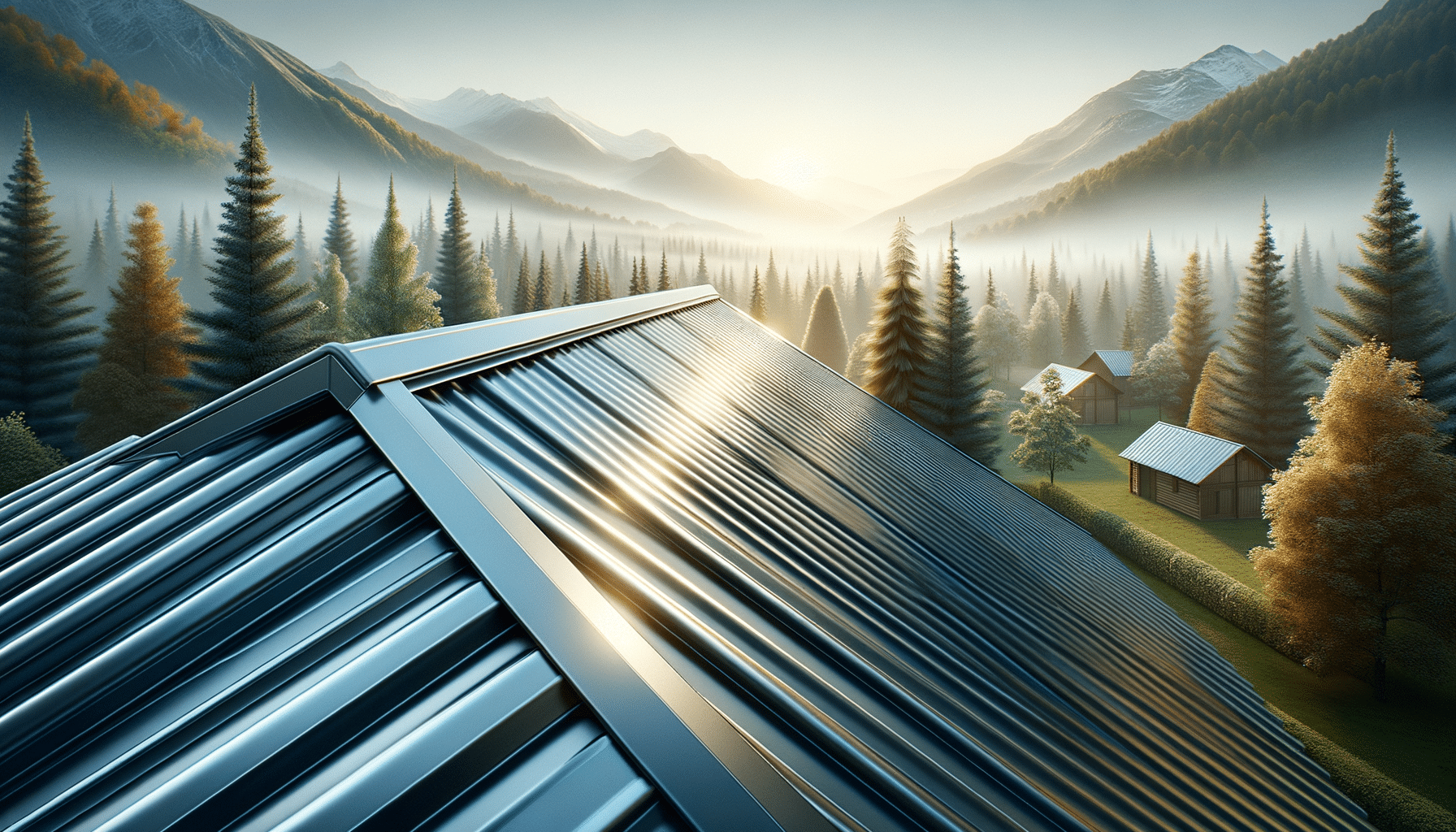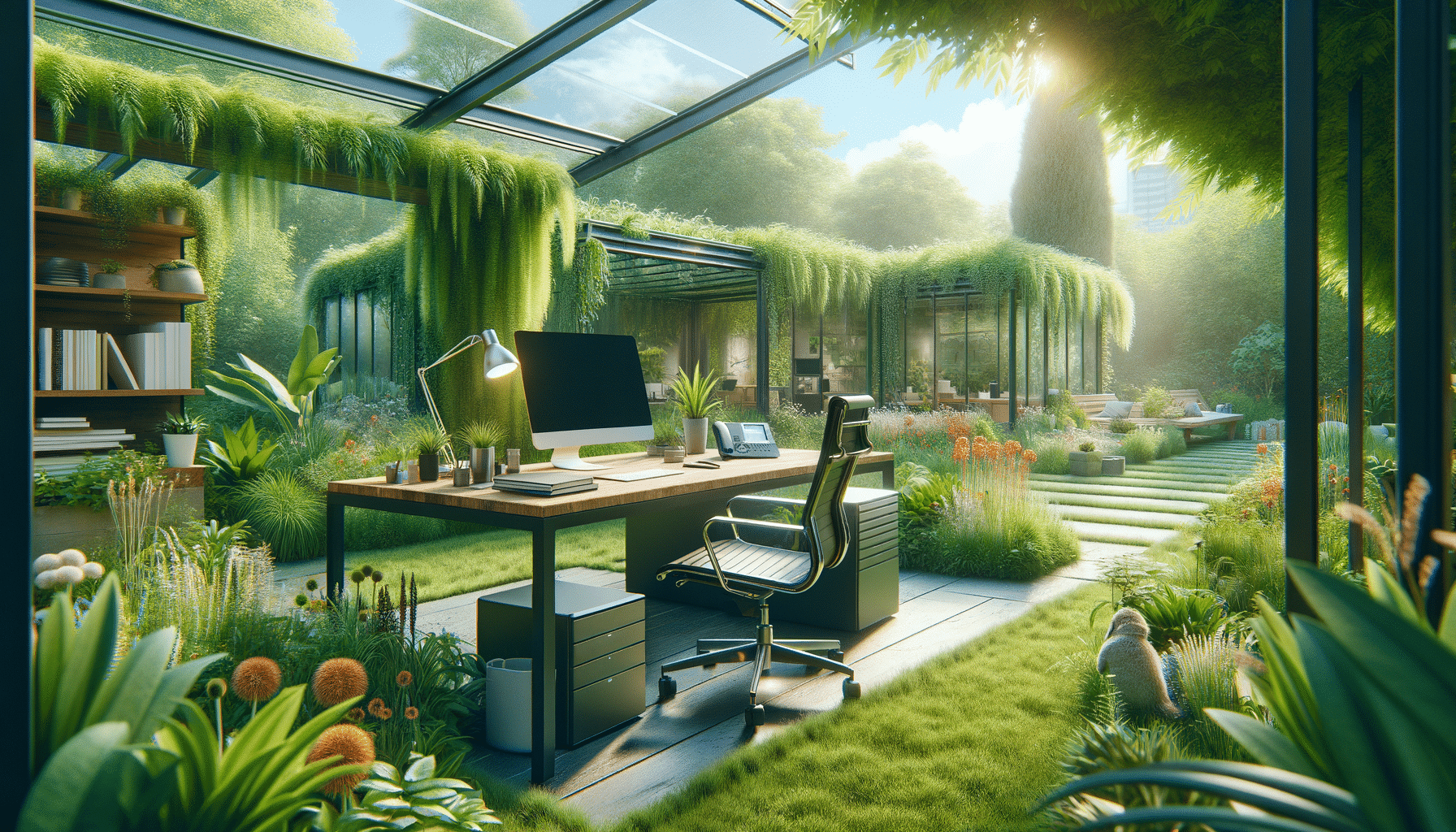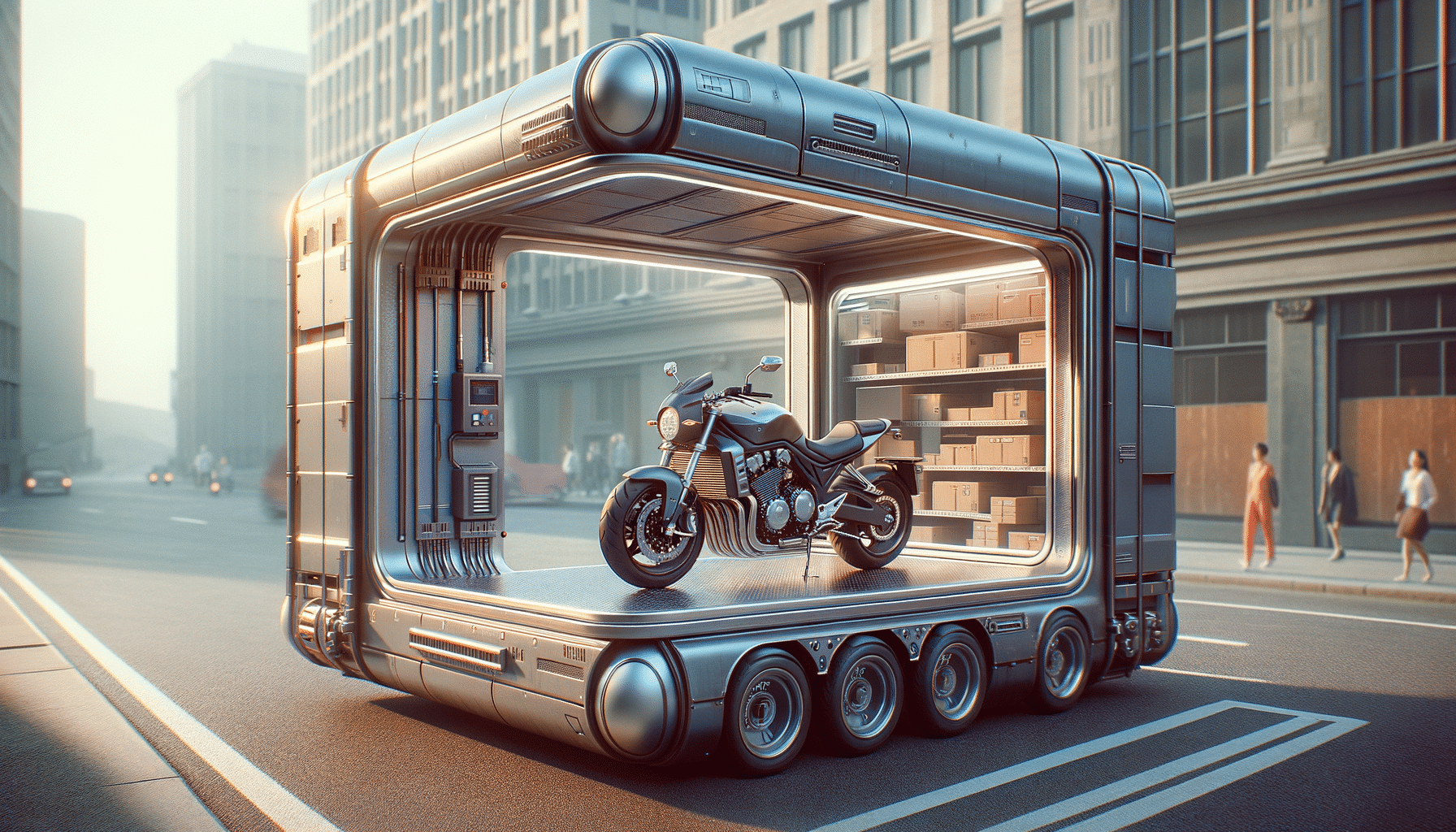
Roofing Reinvented: Superior Metal Roofing Solutions for Lasting Protection
Understanding Metal Roofing: A Durable Choice
Metal roofing has emerged as a popular choice among homeowners and builders due to its remarkable durability and longevity. Unlike traditional roofing materials, metal roofs are resistant to a variety of environmental factors. This includes their ability to withstand extreme weather conditions such as heavy rain, snow, and strong winds. Moreover, metal roofs are non-combustible, adding an extra layer of safety against fire hazards.
One of the key benefits of metal roofing is its lifespan. While asphalt shingles typically last 15 to 20 years, metal roofs can endure for 40 to 70 years, depending on the material. This longevity translates into long-term savings, as the need for replacement and frequent repairs is significantly reduced. Additionally, metal roofing is often made from recycled materials and is fully recyclable at the end of its life, making it an environmentally friendly option.
Metal roofing also offers versatility in design. Homeowners can choose from a variety of styles and colors to match their architectural preferences. Whether opting for a sleek, modern look or a more traditional appearance, metal roofing can be customized to suit any aesthetic.
Energy Efficiency and Environmental Impact
Metal roofing is not only durable but also highly energy-efficient. Its reflective properties help reduce energy costs by minimizing the amount of heat absorbed from the sun. This means that during hot summer months, homes with metal roofs remain cooler, reducing the need for air conditioning and lowering energy bills.
Furthermore, many metal roofs are coated with special finishes that enhance their reflective capabilities, contributing to their energy efficiency. This makes metal roofing an attractive option for those looking to reduce their carbon footprint and contribute to environmental sustainability.
In terms of environmental impact, metal roofing stands out as a sustainable choice. As previously mentioned, metal roofs are often made from recycled materials. This reduces the demand for new raw materials and minimizes waste. Additionally, at the end of their long life, metal roofs are 100% recyclable, ensuring that they do not contribute to landfill waste.
Installation and Maintenance Considerations
While metal roofing offers numerous benefits, it is essential to consider the installation and maintenance aspects. Proper installation is crucial to ensure the longevity and performance of a metal roof. It is recommended to hire experienced professionals who are familiar with the nuances of metal roofing installation.
Metal roofs are generally low maintenance compared to other roofing materials. However, periodic inspections are advised to check for any signs of damage or wear. Cleaning the roof to remove debris and ensuring that gutters are clear can help maintain its appearance and functionality.
One potential concern with metal roofing is noise during rain or hail. However, this can be mitigated by using appropriate insulation and underlayment materials, which can significantly reduce sound transmission.
Cost Analysis and Long-Term Savings
When evaluating the cost of metal roofing, it’s important to consider both initial investment and long-term savings. Although the upfront cost of metal roofing can be higher than traditional materials, its durability and low maintenance requirements often lead to cost savings over time.
Metal roofs can increase a home’s resale value due to their longevity and energy efficiency. Homebuyers are often attracted to properties with metal roofs, knowing that they will not have to worry about roof replacement or significant repairs for many years.
Additionally, some insurance companies offer discounts on premiums for homes with metal roofs due to their resistance to fire and severe weather. These savings, combined with reduced energy bills, can offset the initial installation costs, making metal roofing a financially sound investment.
Choosing the Right Metal Roofing Material
There are several types of metal roofing materials available, each with its own set of advantages. Common options include steel, aluminum, copper, and zinc. Steel is known for its strength and is often coated with a protective layer to prevent rust. Aluminum is lightweight and naturally resistant to corrosion, making it suitable for coastal areas.
Copper offers a unique aesthetic appeal and develops a natural patina over time, which can be attractive for certain architectural styles. Zinc is another durable option that is highly resistant to corrosion and requires minimal maintenance.
When selecting a metal roofing material, it is important to consider factors such as climate, budget, and desired appearance. Consulting with a roofing professional can help homeowners make an informed decision that aligns with their specific needs and preferences.

